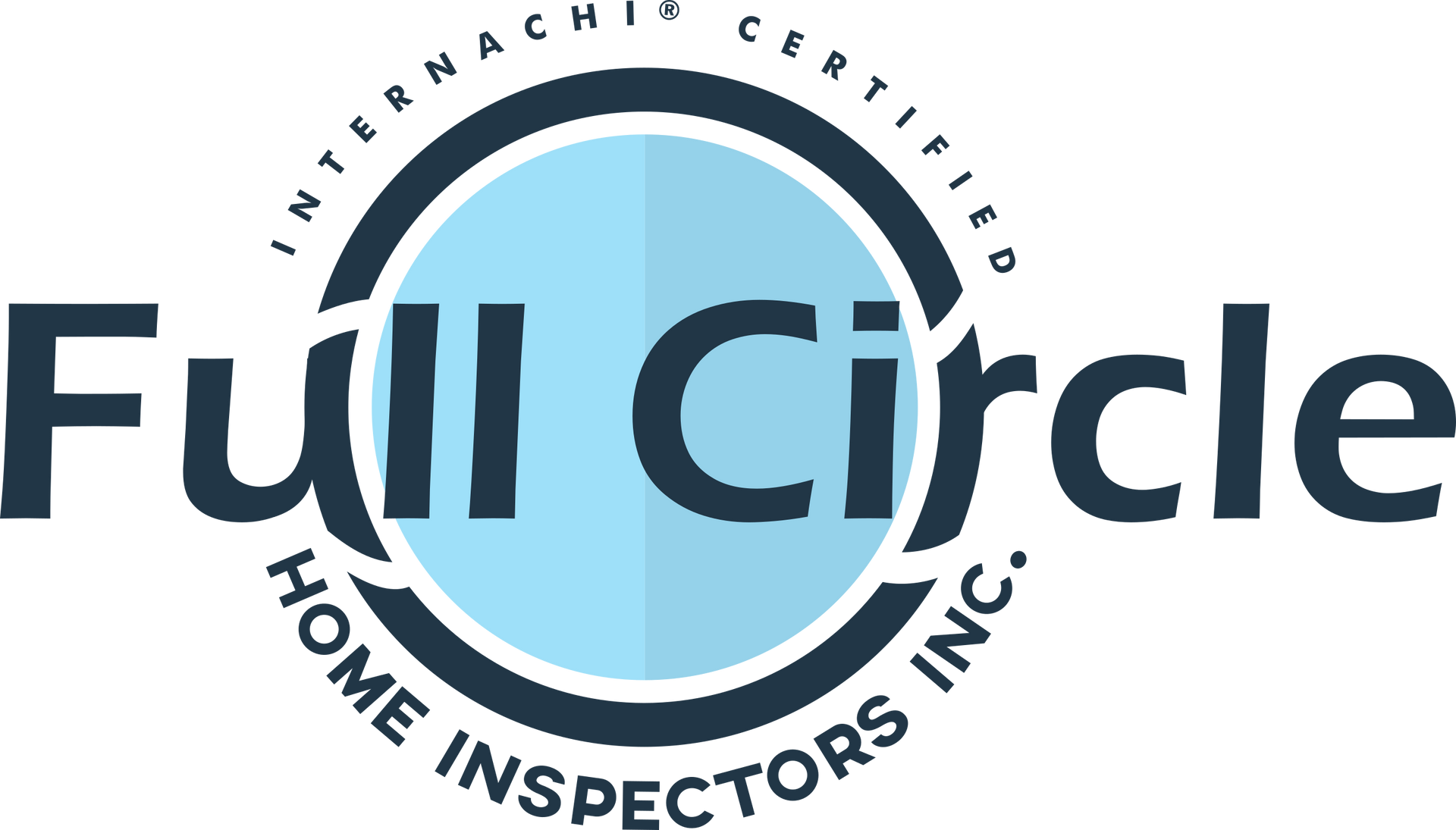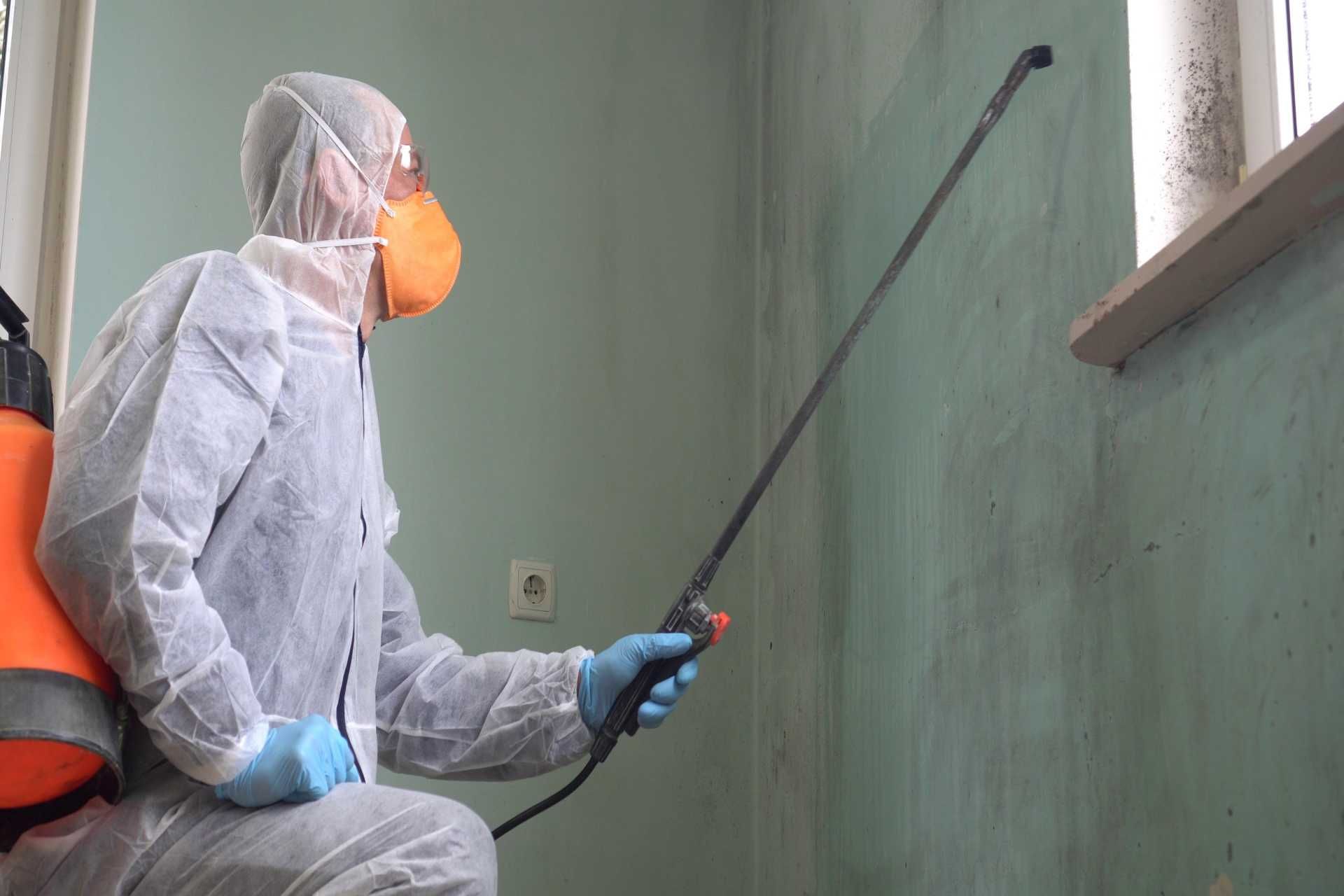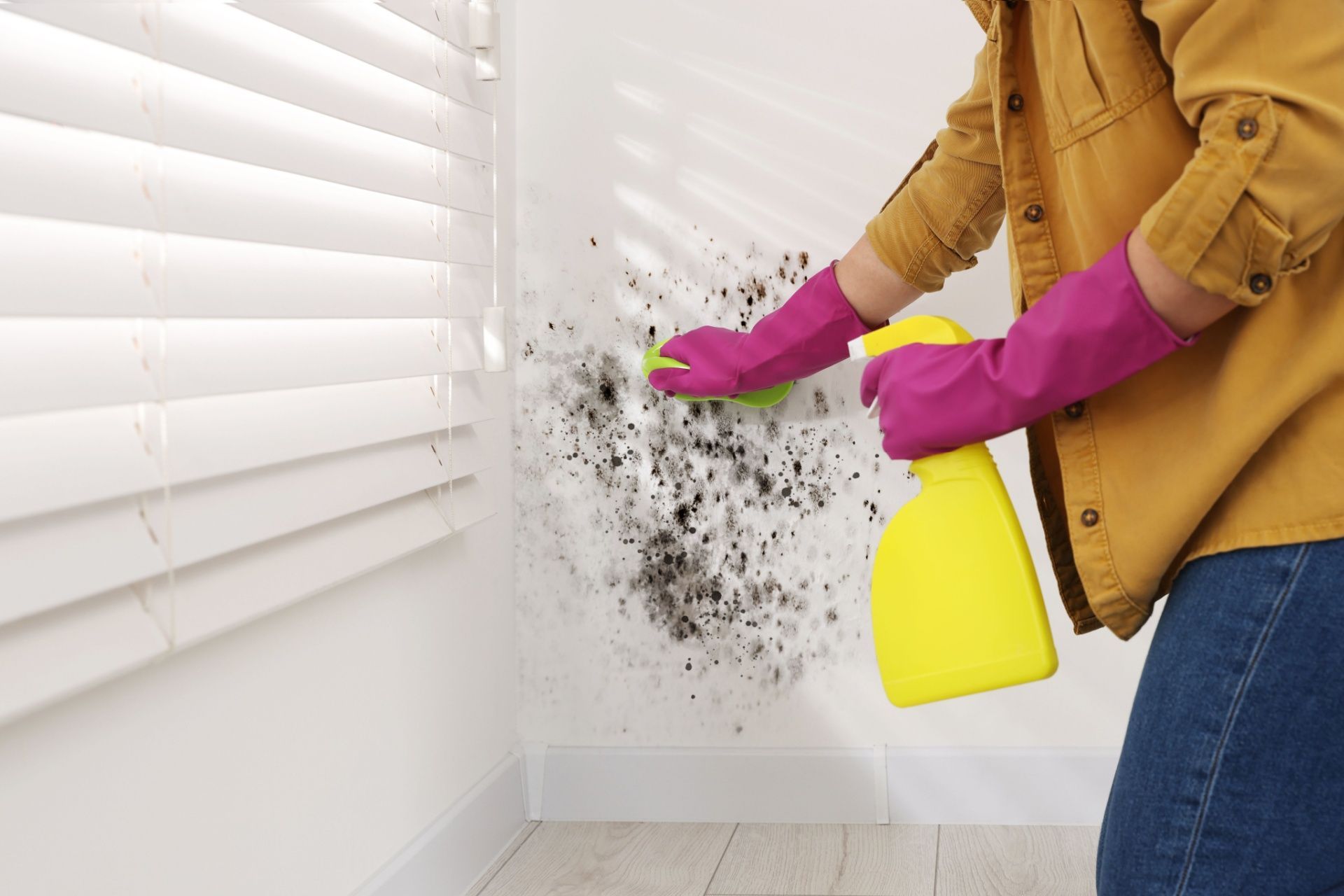The Ultimate 11-Month Home Warranty Inspection Checklist
Buying a new home is one of the biggest investments most people make. But even new homes can have hidden problems that show up months after moving in. That’s where an 11 month home inspection comes in.
Before your builder’s warranty expires usually at the 12-month mark it’s your last chance to find and report any construction defects. A professional inspection at the 11 month point helps ensure your builder fixes issues while it’s still their responsibility, not yours.
This guide will walk you through the ultimate 11 month home inspection checklist, what to expect, and why it’s so important for homeowners across the U.S.
What Is an 11 Month Home Inspection?
An 11 month home inspection is a detailed check of your home’s systems and structure before your builder’s one-year warranty runs out.
Most new homes come with a builder’s warranty covering defects in materials and workmanship for 12 months. The 11th Month Warranty Inspection also called a new home warranty inspection is your chance to catch and report issues the builder must repair before that warranty ends.
It’s like a “final checkup” for your home to make sure everything is functioning safely and properly.
Why Is an 11 Month Home Inspection Important?
Even the best-built homes can develop problems over time. Materials settle, systems get used daily, and weather conditions can cause wear and tear.
Here’s why this inspection matters:
- Catch hidden issues early: Minor problems can grow into costly repairs if ignored.
- Protect your warranty rights: The builder is still responsible for certain defects at this stage.
- Peace of mind: Knowing your home is safe and sound before the warranty expires helps you avoid future headaches.
- Save money long-term: Fixing warranty-covered problems now prevents out-of-pocket costs later.
Many homeowners assume that if the house “looks fine,” everything must be okay. But some of the biggest issues like poor insulation, roof leaks, or plumbing leaks aren’t always visible until they cause major damage.
The Ultimate 11 Month Home Inspection Checklist
A professional inspector follows a detailed checklist to examine every major area of your home. Below is a breakdown of what should be included in your 11 month home inspection checklist.
1. Exterior and Structure
Inspectors start by looking at the outside of your home for structural and weather-related issues.
- Cracks in foundation or exterior walls
- Improper drainage or grading around the home
- Gaps around windows or doors
- Damaged siding, stucco, or brickwork
- Roof damage, missing shingles, or flashing issues
- Gutters and downspouts working properly
- Driveway or walkway cracks and trip hazards
Why it matters: Exterior problems can lead to leaks, foundation shifts, or pest entry if left unchecked.
2. Roof and Attic
Even new roofs can develop leaks due to poor installation or material defects.
- Check for missing or loose shingles
- Inspect flashing and roof vents for gaps
- Look for signs of moisture or mold in the attic
- Verify proper insulation and ventilation
- Examine rafters and trusses for damage or sagging
Tip: Moisture stains in the attic are an early sign of roof leaks.
3. Plumbing System
Your home’s plumbing should be inspected for leaks and proper drainage.
- Check under sinks for drips or water stains
- Inspect faucets, toilets, and showers for leaks
- Test water pressure
- Ensure hot water heater is functioning properly
- Look for signs of corrosion around fittings and pipes
Why it matters: Small leaks can cause mold growth and water damage over time.
4. Electrical System
Electrical safety is essential for protecting your home from fire hazards.
- Test all outlets and switches
- Check GFCI outlets in kitchens, bathrooms, and garages
- Inspect the main electrical panel for proper labeling and grounding
- Look for exposed or frayed wires
- Verify outdoor lighting and fixtures
Tip: Flickering lights or frequent breaker trips may indicate a wiring issue.
5. HVAC System
Your heating and cooling system should be tested for efficiency and safety.
- Check air filters, coils and vents
- Test the thermostat function
- Inspect the AC unit and furnace for unusual noises or leaks
- Ensure the system heats and cools evenly throughout the home
Why it matters: Regular HVAC maintenance extends system life and improves indoor comfort.
6. Interior Rooms and Walls
Inside your home, inspectors look for cosmetic and functional issues that could point to deeper problems.
- Cracks or nail pops in drywall
- Uneven or squeaky floors
- Sticking doors or windows
- Damaged paint or trim
- Signs of water damage on ceilings or walls
Tip: Doors or windows that don’t close properly could signal foundation movement.
7. Kitchen and Appliances
The kitchen is one of the most used areas in a home, so it deserves close attention.
- Test all built-in appliances (dishwasher, oven, microwave, etc.)
- Inspect cabinet alignment and door function
- Check for water leaks under sinks
- Verify GFCI outlets work properly
- Ensure exhaust fans and vents operate correctly
8. Bathrooms
Moisture issues are common in bathrooms.
- Check for grout cracks or missing caulk
- Inspect under sinks and around tubs for leaks
- Ensure toilets are secure and not running
- Test exhaust fans for proper ventilation
Tip: Poor ventilation can cause mildew and wall damage over time.
9. Windows and Doors
Windows and doors play a key role in insulation and security.
- Check for air leaks or gaps
- Ensure locks, handles, and hinges work smoothly
- Inspect seals and weather stripping
- Look for condensation or moisture between panes
10. Garage and Driveway
Inspectors also look at areas many homeowners forget.
- Test garage door sensors and openers
- Check for cracks in concrete flooring
- Look for water seepage or staining
- Examine walls and ceilings for damage
11. Safety Features
A home is only complete when it’s safe for your family.
- Test smoke and carbon monoxide detectors
- Ensure handrails and guardrails are sturdy
- Inspect for trip hazards or exposed wires
When to Schedule an 11 Month Home Inspection
Schedule your inspection around the 10th or 11th month after your closing date. This timing gives you enough room to:
- Complete the inspection
- Submit a list of issues to your builder
- Have the repairs finished before the warranty expires
It’s best not to wait until the very last minute, as some repairs can take time to schedule and complete.
Who Should Perform the Inspection?
Always hire a licensed and certified home inspector experienced in new home warranty inspections. Professional inspectors use advanced tools like:
- Thermal imaging cameras (to detect hidden moisture)
- Moisture meters
- Electrical testers
They also provide a detailed written report you can give to your builder to document all findings.
How to Use the Inspection Report
Once the inspection is done, you’ll receive a detailed report with photos and descriptions of all issues. Here’s what to do next:
- Review the report carefully.
- Submit repair requests to your builder with supporting evidence.
- Keep copies of all communications and reports.
- Verify completion of repairs before the warranty ends.
Final Thoughts
An 11 month home inspection is one of the smartest steps a homeowner can take. It’s your final opportunity to ensure your builder stands behind their work and your home stays safe, comfortable, and valuable for years to come.
Schedule your 11 month home inspection today with
Full Circle Home Inspectors and protect your home before your builder’s warranty expires!
FAQs About 11 Month Home Inspections
Do I really need an 11 month home inspection if my house is new?
Yes. Even new homes can have hidden defects due to rushed construction or settling. An inspection ensures issues are found and fixed under warranty.
How long does the inspection take?
Most 11-month home inspections take 2–4 hours, depending on the home’s size.
What’s the cost of an 11 month inspection?
Costs vary by location and home size. It’s well worth it to catch issues before they become expensive repairs.
Can I attend the inspection?
Absolutely. Walking through your home with the inspector helps you understand the findings and ask questions in real time.
What if my builder refuses to fix issues?
If your builder doesn’t honor warranty repairs, consult your local building authority or a real estate attorney for guidance.
Disclaimer: The information on this website and blog is for general informational purposes only and is not professional advice. We make no guarantees of accuracy or completeness. We disclaim all liability for errors, omissions, or reliance on this content. Always consult a qualified professional for specific guidance.







